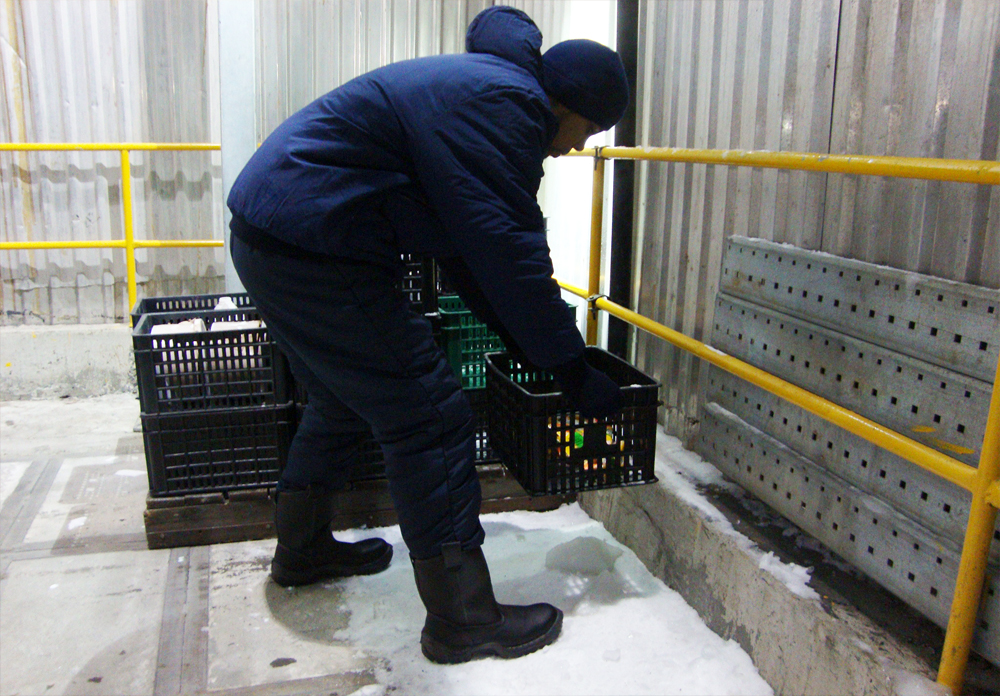
Occupational exposure to cold environments, either by working in cold stores and work abroad, among others; can cause risks due to direct exposure to cold such as hypothermia and freezing, as well as the possibility of suffering musculoskeletal disorders (TME).
The National Institute of Safety and Health at Work (INSHT) indicates that cold stress is defined as the negative thermal load, characterized by the excessive heat loss to which workers are exposed and resulting from the combined effect of physical factors And climatic conditions that affect the heat exchange (environmental conditions, physical activity and work clothes).
The human body has a body temperature is regulated by the central nervous system. The ideal temperature for the proper functioning of all physiological systems is around 37 ° C. The body in cold environments has natural mechanisms that allow it to adapt to low temperature conditions, thanks to the vasoconstriction that the skin generates in order to conserve the internal heat. However, under extreme conditions the body needs protective clothing to maintain body heat.
The Occupational Safety and Health Administration (OSHA) explains that different types of cold stress:
Hypothermia:
- Body temperature drops to 35 ° C or below.
- Mild symptoms: alters but shivering.
- Moderate to severe: for shivering; confusion; Speak incoherent; Heart rate and breathing slowly; Lost consciousness; death.
Freezing:
- Body tissues freeze, such as hands and feet. It can occur at temperatures above freezing due to the thermal sensation. It can result in amputation.
- Symptoms: numbness, red skin develops gray / white patches, feels firm / hard, and may blister.
Foot of trench or also called Foot of immersion:
- May be caused by prolonged exposure of the foot to wet and cold environments, with temperatures below 15 ° C.
- Symptoms: redness, swelling, numbness, and blisters.
Likewise, the (OSHA) indicates the following recommendations to avoid the effects of thermal stress by cold:
- Drink warm, sweetened (non-alcoholic) fluids.
- Dress appropriately with: Layers of loose and insulated clothing, an insulated jacket, gloves, and a cap.
- For foot protection, use boots that are insulated against moisture and cold.
DOCA has a special industrial clothing line to protect against thermal stress due to cold. This line can be complemented with the 6650 model of Sicura Footwear to avoid the Foot of trench.
We invite you to know these safety equipment in the PRODUCTS section.
Source: National Institute for Occupational Safety and Health (INSHT) and Occupational Safety and Health Administration (OSHA)
COMPARTIR / SHARE: